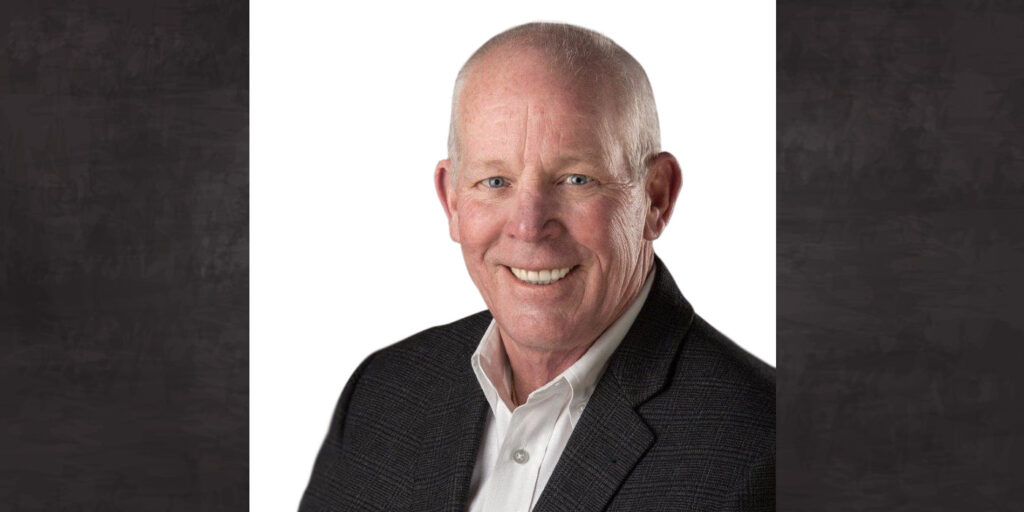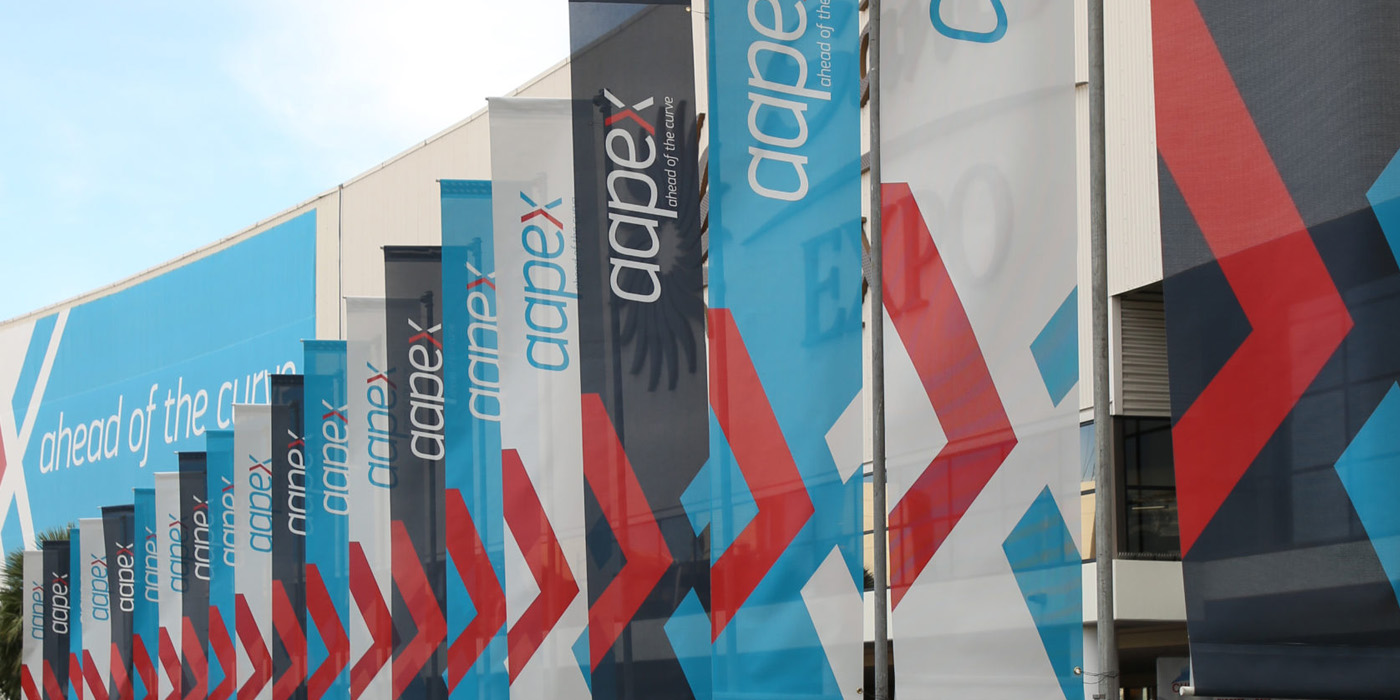In our 2022 Distribution Preview in the January issue of AMN/Counterman, aftermarket leaders talk about some of the key issues affecting the industry, and discuss their plans, goals and expectations for the year ahead.
This year, we added several fun “Lightning Round” questions that you won’t want to miss.
Here’s our Q&A with Larry Pavey, CEO of the Automotive Parts Services Group.
CM: What are your thoughts about the business environment for the automotive aftermarket in 2022?
LP: We believe that the business environment will be outstanding in 2022. As the overall economy continues to improve, we expect driven miles to grow and an increased focus on vehicle safety and repair. With personal-vehicle use increasing, inspection programs being reinstated and fleet miles growing, there will be many positive influences that provide continued growth for the aftermarket. In addition, the price of new and used cars creates incentive to invest and repair current vehicles. While aftermarket prices may have increased, we still provide tremendous value to consumers on repair versus a vehicle purchase.
CM: Our industry’s technical skills gap (and tech shortage) has been labeled as a huge challenge. But there are some great long-term opportunities for young people in the automotive aftermarket right now, especially in the area of emerging technology, which is going to require that “next-level” tech. How can we better put our industry in the spotlight, and get young students excited about automotive?
LP: Our industry has an identity crisis. Today’s vehicles have more cool technology than any other product I can think of, and our industry should be a magnet for young people who love tech. Every aftermarket company, large and small, should alter their communication strategy to promote the technical aspects and potential that the aftermarket offers. As an industry, we need to focus on rebranding, from maintenance and repair to diagnostics and calibration, and share the opportunities we have for the best and the brightest. To communicate this effectively, we need to work together and embrace the future, where tech companies like Google, Apple and Amazon will be mobility companies offering career opportunities in many areas. Positioning the vehicle as the largest and most important technology in everyone’s life will be key.
CM: What do you feel is the greatest threat facing the automotive aftermarket right now?
LP: The greatest future threat to the aftermarket is having the competency to repair vehicles and satisfy customers. The two biggest obstacles are adequate information and technician competency, and they are interrelated. Winning the battle for data access is key to be able to repair vehicles regardless of technician proficiency. Without access to repair data, the aftermarket will not be able to meet consumers’ needs for parts and repair, especially as the electrification and complexity of vehicles increases. The shortage of technicians and changes in required competencies will be challenging, even if all the data for diagnostic and repair procedures is available. Evolving technology also will impact the ability of shops to afford the variety of equipment required to perform repairs. Fortunately, we are seeing some shared services in remote diagnostics, but there are still tremendous challenges to deliver the outstanding service that consumers are accustomed to.
CM: What phrase describes your “words to live by?”
LP: When you don’t know what to do, do what is right.
CM: What is your best icebreaker at a networking reception?
LP: At my age, it has become, “How are your parents?”
CM: What is your dream car, or favorite vehicle you’ve owned?
LP: When I was young, I had a ‘67 Mustang that is still my favorite car ever.













